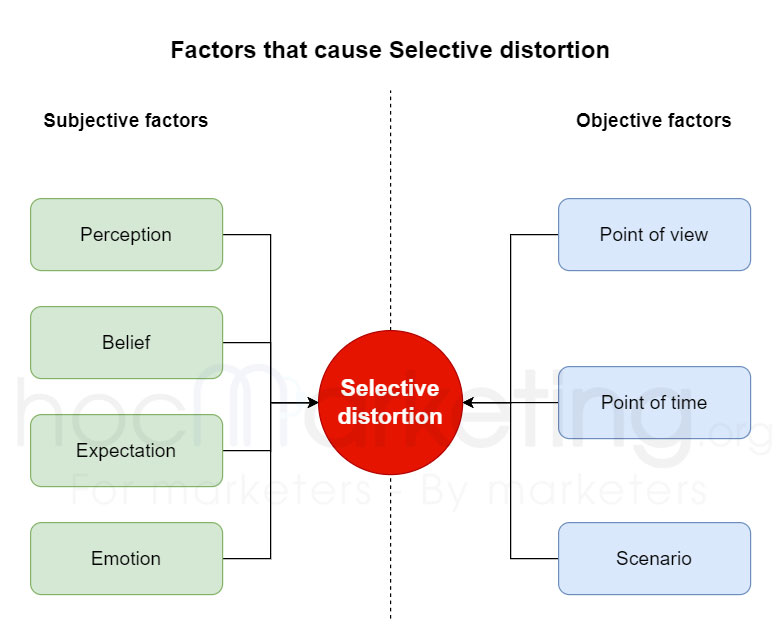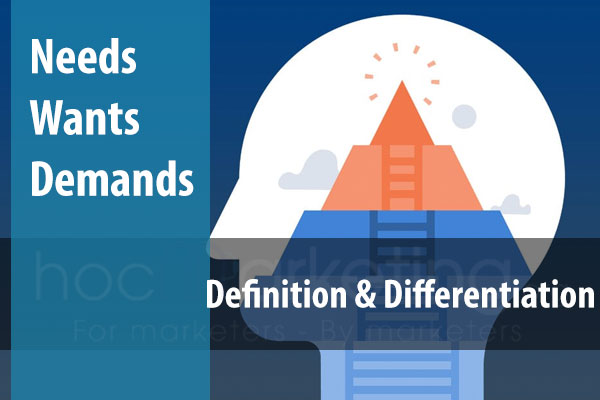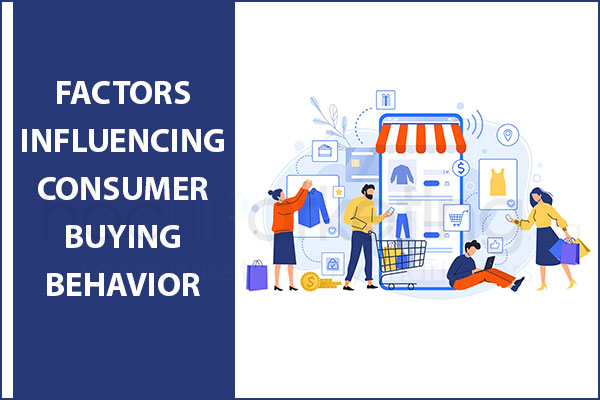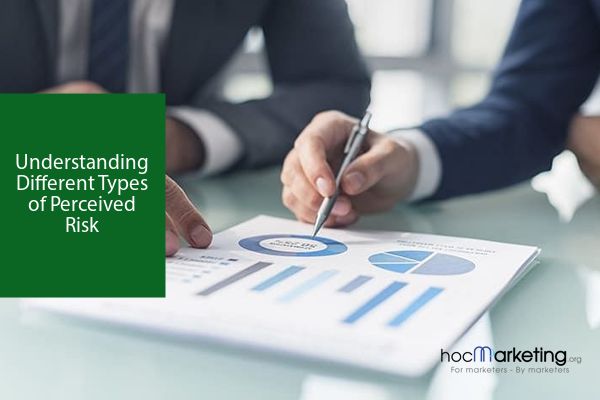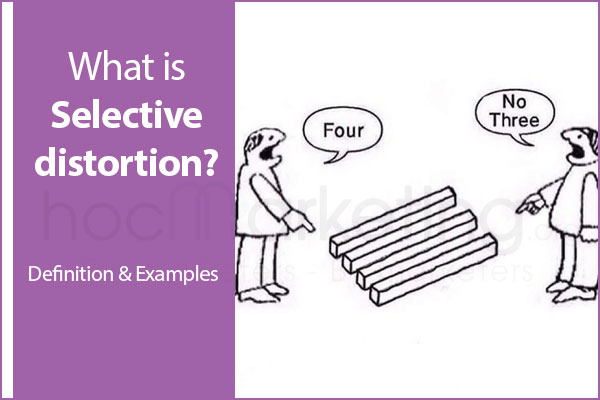
What is selective distortion? Examples and Explanation

Concept, definition of Selective distortion. Typical example of selective distortion. Analyze the causes leading to the expression Selective distortion. Effects of Selective Distortion on Marketing Communication.
What is selective distortion?
Selective distortion is a term referring to the ability in which, when people receive information (hearing, seeing, reading) will tend to interpret, reinterpret it in a way that is consistent with the person's perceptions, beliefs, expectations, and feelings.
To better understand this phenomenon, let's see an example through the illustration below:
Looking at the picture above, how many iron bars do you think are in the picture? If you look at it from the perspective of the person on the left, you will most likely think that there are 4 bars, but if from the perspective of the person on the right, the answer is probably 3.
Other examples:
- Many football fans tend to blame the umpire for bias when their favorite team loses a game, even though the game is fairly fair.
- Many fans often do not believe in the bad things that their idols have committed, even if it is true.
- Many people, when looking at the success of others, tend to assume that success is due to luck, or easy, no matter how many difficult days that person has gone through.
- Consumers lose trust in advertising because they have previously been dissapointed many false advertisements.
- Many people still ignore scam warnings, easily falling into "ponzi" traps because of they have a strong believe in a high earning without working or making anything.
- Western researchers and experts believe that Covid 19 originated in a Chinese laboratory, while the Beijing government believes that this virus is of natural origin.
What causes Selective distortion?
You may have heard somewhere that people tend to believe what they want to believe. Yes, but more specifically, that belief is driven by the following factors:
Subjective factors:
- Perception: How you perceive the world around you & yourself. Perception is built by the impact of the surrounding environment, the way a person is educated, raised, cared for, treated, class, social status, occupation, religion...
- Belief: Belief you place in yourself or an individual, organization or thing. Trust will be strengthened when a person usually receives truthful information, receives true information. On the contrary, trust will collapse when a person often faces deception and receives untrue information.
- Expectation: You are expecting something to happen (guests sign a contract, it won't rain, win the lottery...)
- Emotion: How you feel about yourself or an individual, organization or thing, the psychological state in which you receive information (happy, sad, angry...)
Objective factors:
- Point of view: Each of us sometimes approaches information and events from a certain angle. This limits the ability to see through (one-sided). Suppose today, you go out on the street and meet a scene of two couples arguing, in which the husband slaps his wife, making her face red. You think it's your abusive husband's fault. However, if you are an insider, you will find this wife too excessive when she often curses and insults her husband's family.
- Point of time: What do you think when someone say women should always stay home and take care of all houseworks. It's ridiculous, isn't it? Nowadays, men and women are equal. But actually, this was very common in the old feudal society.
- Scenario: Is it the right thing to do to help someone who's lying on the street? However, if this person is in an area where drug abuse is common, would you consider that the right thing to do?
Examples:
- Belief: You decide to buy a product from a brand because you believe in advertising, but discover that the product is not of the quality you were told. Since then, when you are exposed to that brand's advertisement again (whether intentionally or unintentionally), you will still think those advertisements are lies.
- Perception: Or in the opposite direction, some consumers approach reviews that are offensive, false, media-oriented, boycotting a brand's product, even if that product is successful. Quality standards exactly as advertised.
Selective distortion is the challenge of marketing communicators
Communication in Marketing is not simply about transmitting and receiving information. How the information is received depends on the characteristics, circumstances, living environment of the target audience, as well as how businesses treat customers and consumers. It is not always a matter of advocating the quality of the product that consumers will believe and listen to what the business says.
In the opposite direction, sometimes the business itself also suffers from Selective distortion. For example, some business leaders believe too much in reported numbers and ignore the fact that many customers complain about product quality.
Selective distortion is a two-sided natural phenomenon
After all, Selective distortion is also a natural mechanism, when people try to protect themselves from information that is perceived as detrimental or harmful. On the positive side, selective distortion helps people avoid believing in false information, recognize directional communication. On the negative side, selective distortion causes people to become overly concerned, pressured by suspicion, or led by media masters.


